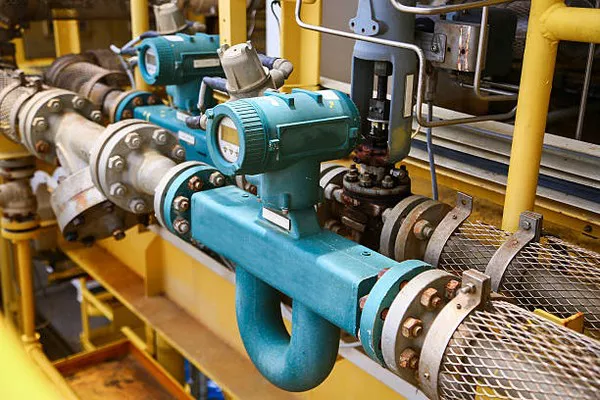The weather glass barometer, a timeless instrument with a rich history, serves as a fascinating tool for predicting changes in atmospheric conditions. Developed in the 17th century, this device has been a reliable companion for meteorologists, sailors, and weather enthusiasts alike. In this article, we will delve into the inner workings of a weather glass barometer, exploring the principles behind its operation and its significance in forecasting weather patterns.
Historical Perspective
To appreciate the complexity of the weather glass barometer, it is essential to trace its roots back to its inventor, Evangelista Torricelli, an Italian physicist. In 1643, Torricelli’s groundbreaking experiment involving mercury paved the way for the creation of the barometer. By using a glass tube sealed at one end and filled with mercury, Torricelli observed the mercury column’s fluctuations in response to atmospheric pressure changes.
The Basics: Atmospheric Pressure
Atmospheric pressure is the key factor influencing a weather glass barometer’s functionality. The Earth’s atmosphere exerts pressure due to the weight of the air above. This force varies with altitude, temperature, and weather conditions. High-pressure zones indicate fair weather, while low-pressure zones suggest the possibility of storms or precipitation.
Components of a Weather Glass Barometer
A weather glass barometer typically consists of a glass tube, a mercury reservoir, and a scale. The glass tube, sealed at one end and open at the other, is partially filled with mercury. The open end is submerged in the mercury reservoir, creating a closed system. The scale, marked with units such as inches or millimeters, measures the height of the mercury column.
Understanding the Mercury Column
The mercury column within the glass tube is a critical element of the barometer. As atmospheric pressure changes, the mercury level in the tube responds accordingly. High atmospheric pressure forces the mercury column to rise, while low pressure allows it to fall. The scale’s readings provide a numerical representation of these fluctuations.
Torricelli’s Principle in Action
Torricelli’s principle, the fundamental concept behind the weather glass barometer, asserts that the height of the mercury column is directly proportional to atmospheric pressure. When atmospheric pressure increases, the mercury is pushed higher in the tube, and conversely, decreased pressure allows the mercury to recede.
Practical Application: Interpreting Barometric Readings
Interpreting barometric readings is crucial for understanding imminent weather changes. A rising mercury column indicates increasing atmospheric pressure, signifying stable weather. Conversely, a falling column suggests decreasing pressure, often associated with approaching storms or unsettled weather conditions.
Adjusting for Altitude
It is important to note that atmospheric pressure varies with altitude. To ensure accurate readings, adjustments must be made based on the barometer’s location. Most modern weather glass barometers include an altitude adjustment mechanism, allowing users to calibrate the instrument according to their specific geographical location.
Weather Glass Barometer Types
While the classic mercury barometer remains a symbol of meteorological instrumentation, alternative types of barometers have emerged. Aneroid barometers, for instance, utilize a flexible metal chamber to measure pressure changes. These instruments are often more compact and portable, making them popular for personal use and outdoor activities.
Maintenance and Care
Proper maintenance is essential to ensure the accuracy and longevity of a weather glass barometer. Regularly inspecting the instrument for leaks, ensuring the mercury column is intact, and calibrating it based on altitude are crucial steps. Additionally, protecting the barometer from extreme temperatures and direct sunlight contributes to its overall durability.
Educational and Recreational Uses
Beyond its scientific applications, the weather glass barometer serves educational and recreational purposes. Its simplicity makes it an excellent tool for teaching basic meteorological principles, allowing students to witness the direct correlation between atmospheric pressure and weather patterns. Furthermore, hobbyists and weather enthusiasts often incorporate weather glass barometers into their home décor, appreciating both their aesthetic and functional qualities.
See Also What Is Flue Gas Analyzer? All You Need to Know
Conclusion
The weather glass barometer, with its historical significance and scientific principles, stands as a testament to humanity’s quest for understanding and predicting the natural world. Torricelli’s innovative experiment laid the foundation for an instrument that continues to be relevant in contemporary meteorology. As we gaze upon the mercury column’s subtle movements, we are reminded of the dynamic interplay between atmospheric pressure and the ever-changing weather conditions that shape our daily lives.

